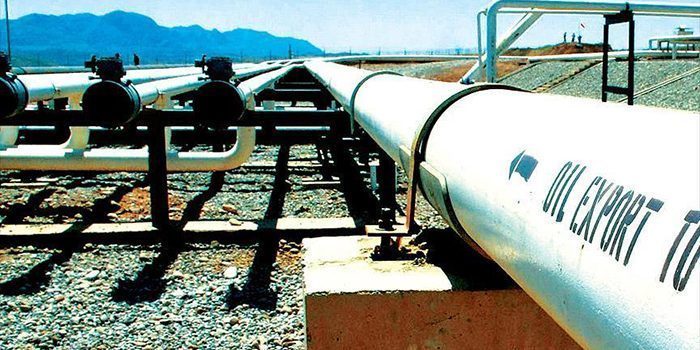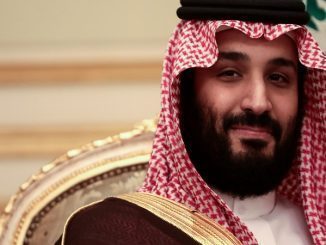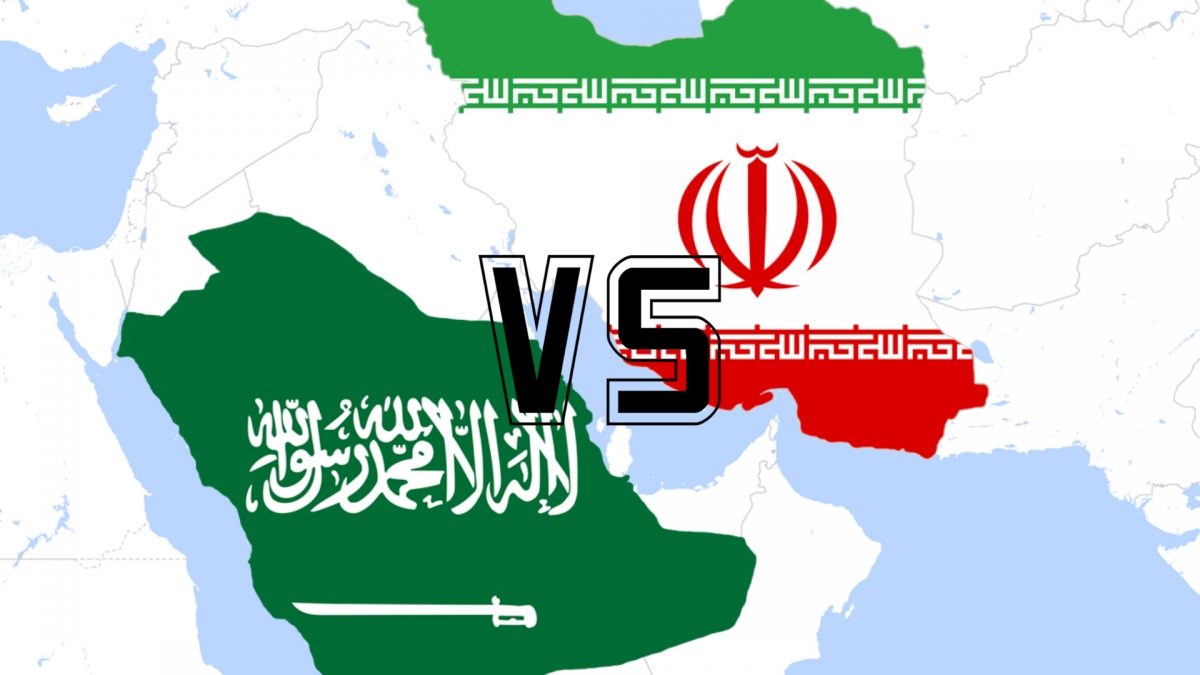
For years, debates in the OPEC conference rooms were dominated by clashes between top producer Saudi Arabia and its arch-rival Iran. Finally, the two rival countries agreed that they need to cut crude output to reduce the world’s supply glut.
Members of “OPEC” said they reached an understanding after a six-hour gathering in the Algerian capital, but deferred until November the fraught task of finalizing a plan to make those cuts.
The Wall Street Journal outlined that OPEC officials said a committee would be formed to determine how much each country would have to cut and then report to the group at its next meeting on Nov. 30 in Vienna.
OPEC, whose leading members are Saudi Arabia, Iran and Iraq, agreed to limit production to between 32.5m and 33m barrels per day. It was a small reduction of the current output of 33.24m bpd and was agreed at informal talks at an industry event in Algiers on Sept.28.
According to The Guardian, the agreement to limit production after several failed attempts is a reversal of policy for Saudi Arabia, ,which had sworn to maintain output in the hope that low oil prices would force US shale producers out of business.
Oil has fallen from $105 a barrel in the summer of 2014 due to a global glut caused by shale production in the US and oversupply from countries such as Brazil, combined with a slowing global economy and lower growth in demand from China.
Analysts told Wall Street Journal, if OPEC cut output by up to 700,000 barrels a day, the production glut would disappear as soon as the end of this year.
Between now and November, when OPEC meets formally in Vienna, the group will have to overcome huge obstacles to agree a binding deal.
Key among them will be to establish at least some semblance of country quotas to make sure members limit global oversupply, which has helped halve prices since 2014 to below $50 a barrel.
– Exceptional decision for Iran and Saudi Arabia
“Today, an exceptional decision was made at OPEC,” said Iran’s oil minister, Bijan Zanganeh to state media.
According to Reuters, Iran insists it wants to raise output to around 4 million bpd as it emerges from European sanctions. The Saudis have proposed that Iran freeze production at 3.7 million bpd.
Riyadh is offering to cut its own production to 10.2 million bpd from 10.7 million but most analysts argue it will fall to such a level anyway as the summer heat eases, reducing the need for cooling.
Iran’s commitment to boosting its production has been a major stumbling block in reaching a deal to date, especially because its bitter and powerful rival, Saudi Arabia, has refused to sign on to any production curbs unless Iran did, too.
Iran has been refusing to join this initiative, as it has yet to reach per-sanction output levels.
The country didn’t even participate in the Doha meeting where the issue of production freeze was on the agenda,but now things might be different, Iran has been pumping oil as fast as it can. August crude oil exports from that nation jumped 15 percent from July, to more than 2 million barrels per day (bpd), getting closer to Tehran’s pre-sanction shipment levels of five years ago.



